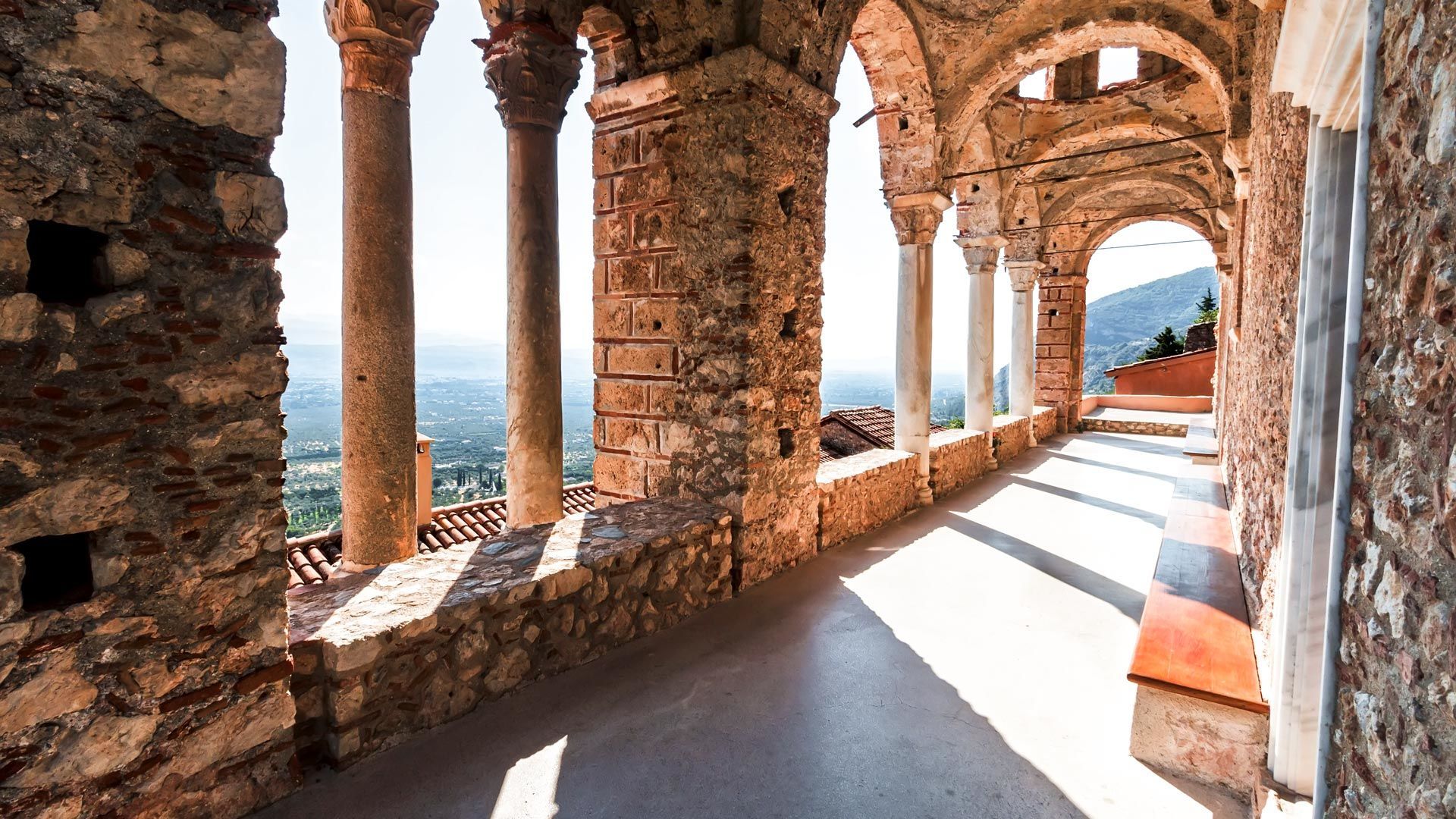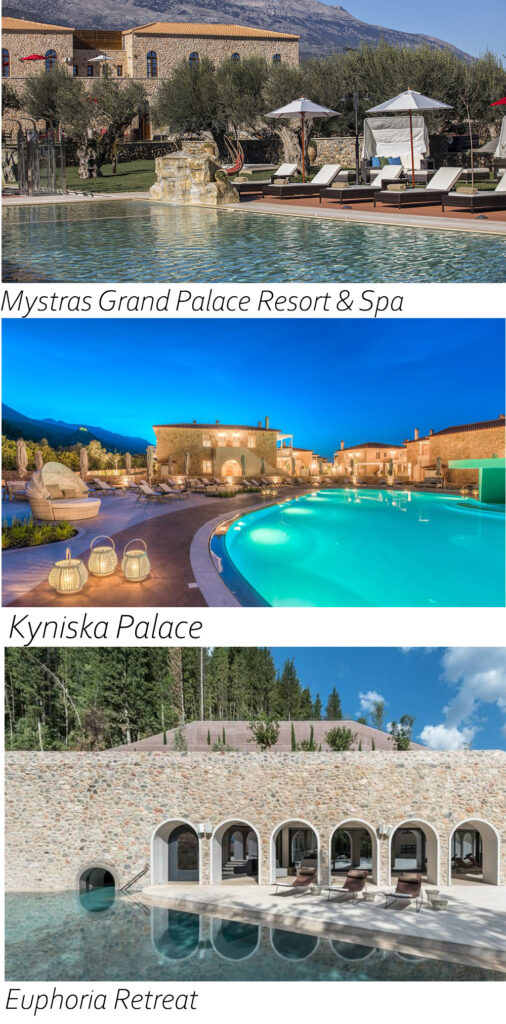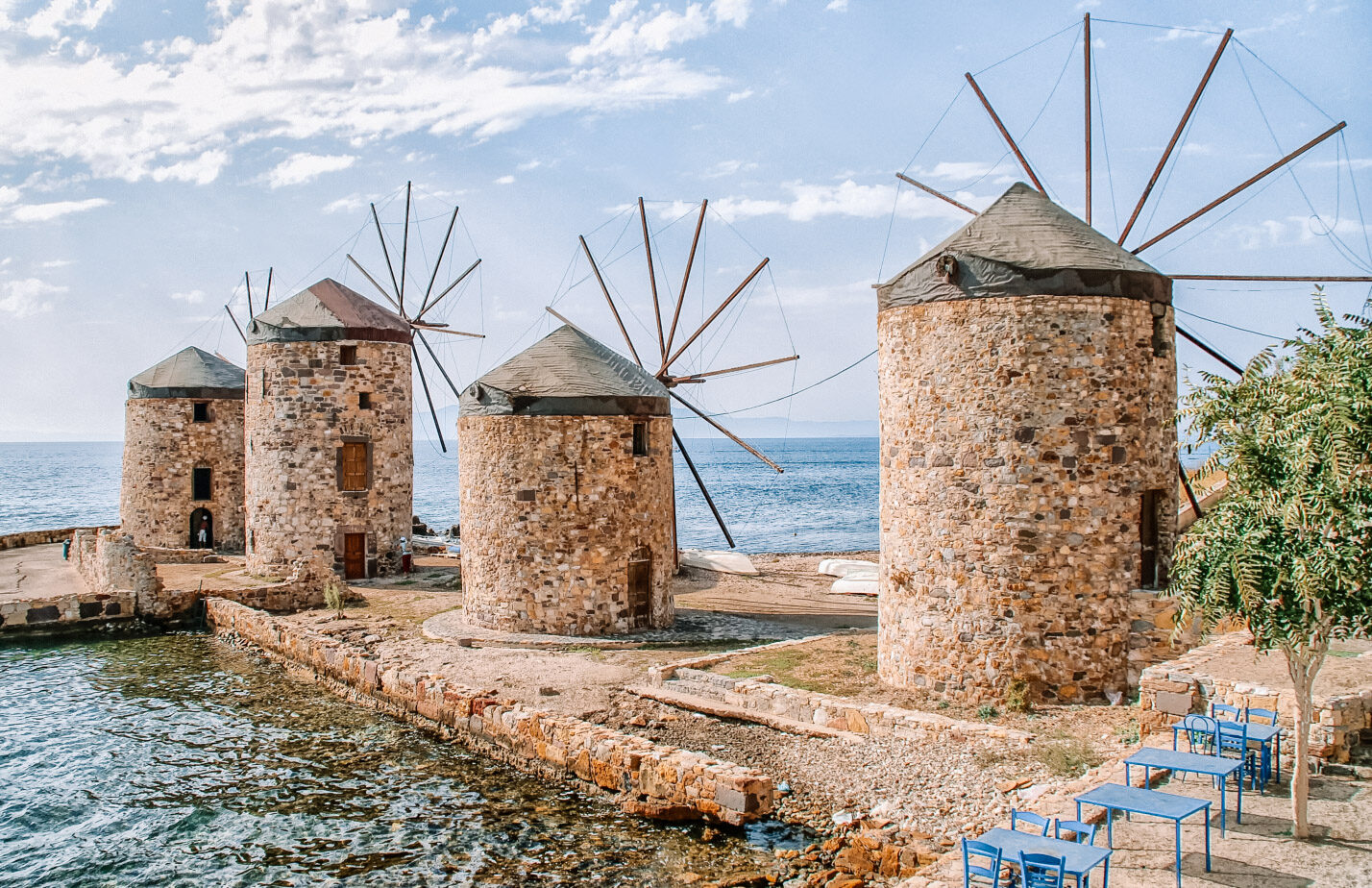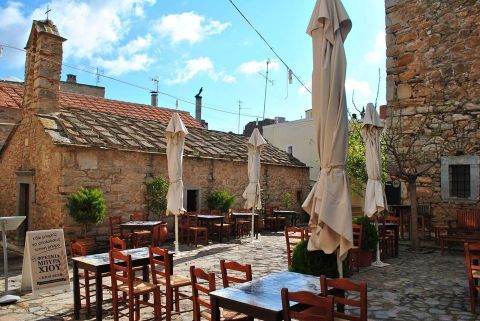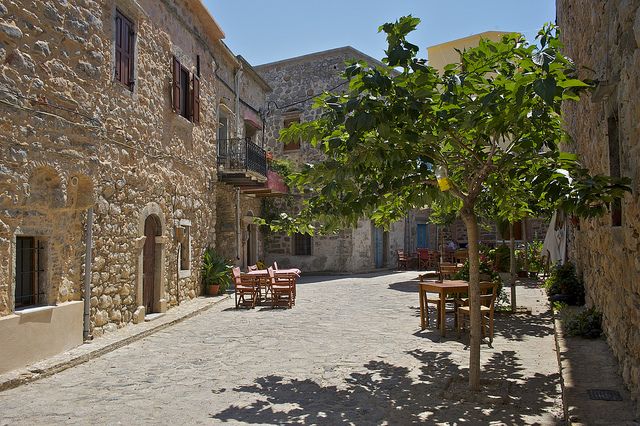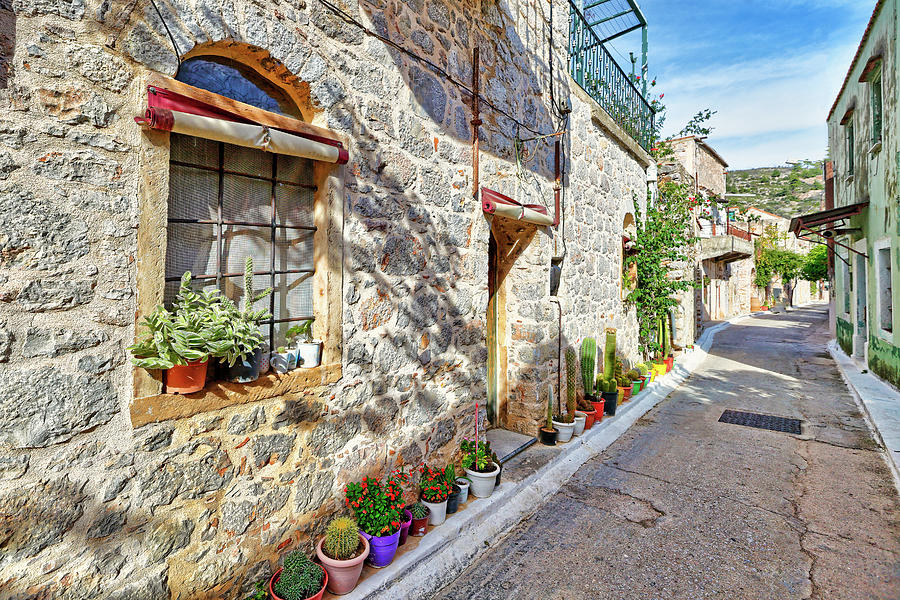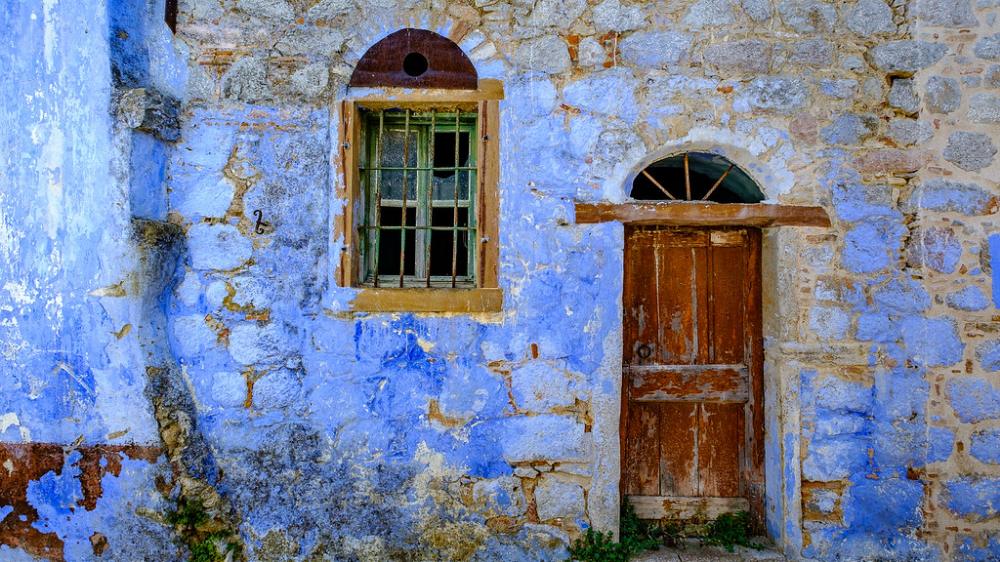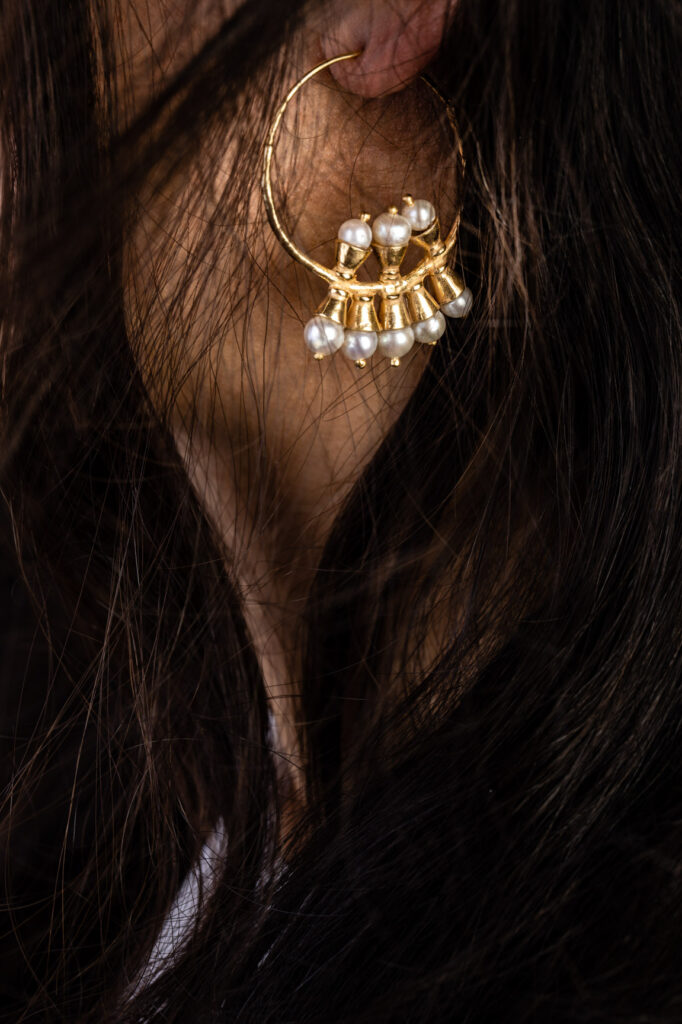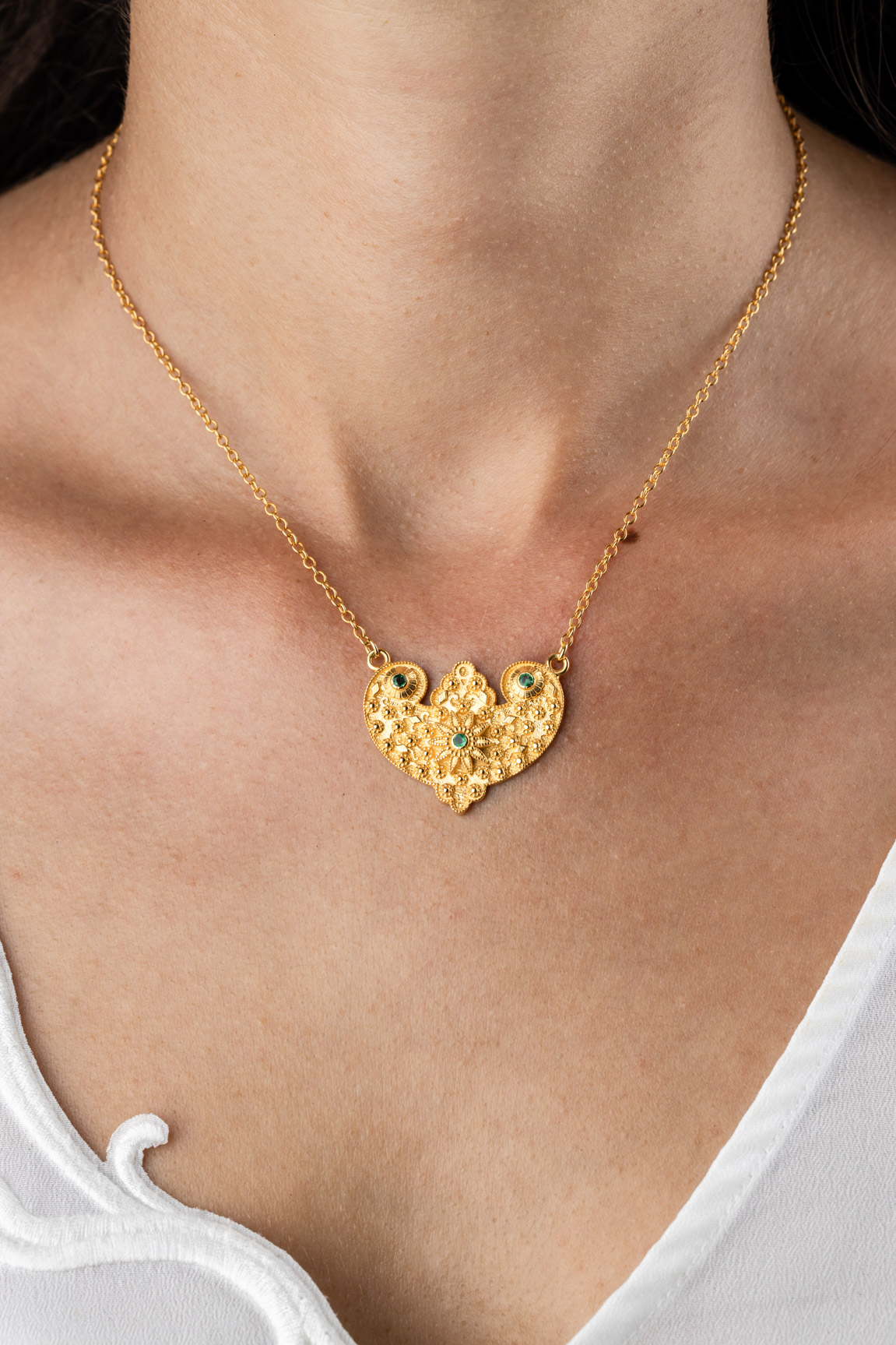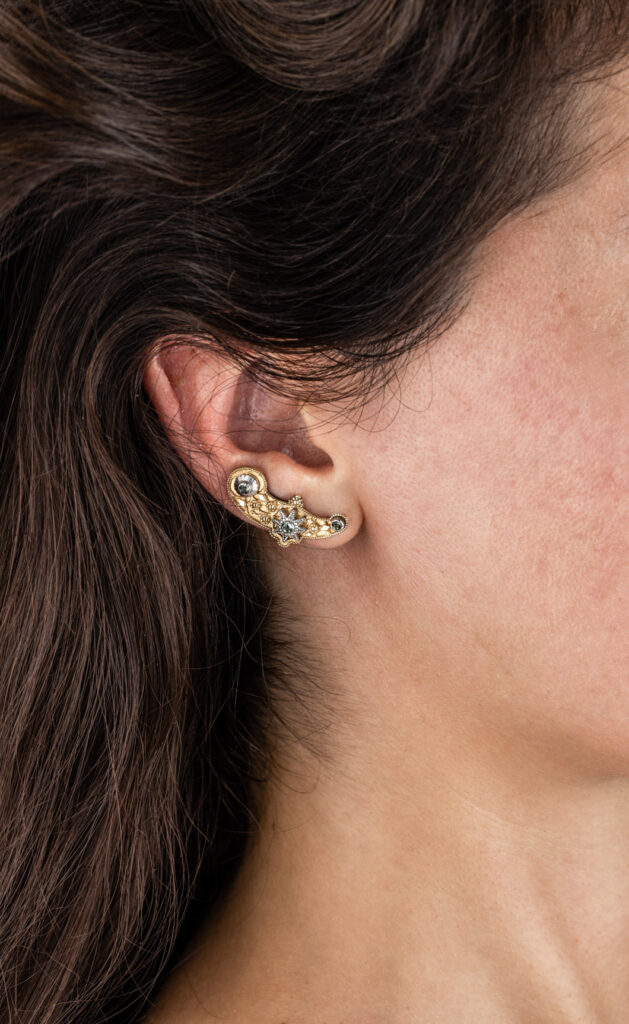Situated at the foot of Mount Taygetos, Mystras is a truly spectacular place to visit. Spread over a steep mountainside and surrounded by olive and orange trees, this former Byzantine capital city is home to the single most compelling set of medieval ruins in Greece.
Location
The Byzantine Castle of Mystras is located on the southern side of the Peloponnese, close to Sparti Town. The Castle is surrounded by Byzantine walls and boasts an imposing palace on top of the hill. This area is famous for its Byzantine churches with impressive frescoes inside. At the foot of the hill is the modern village of Mystras, featuring traditional architecture and wonderful platies (town squares). A visit to this area can be combined with trips to nearby Monemvasia and Gythio.
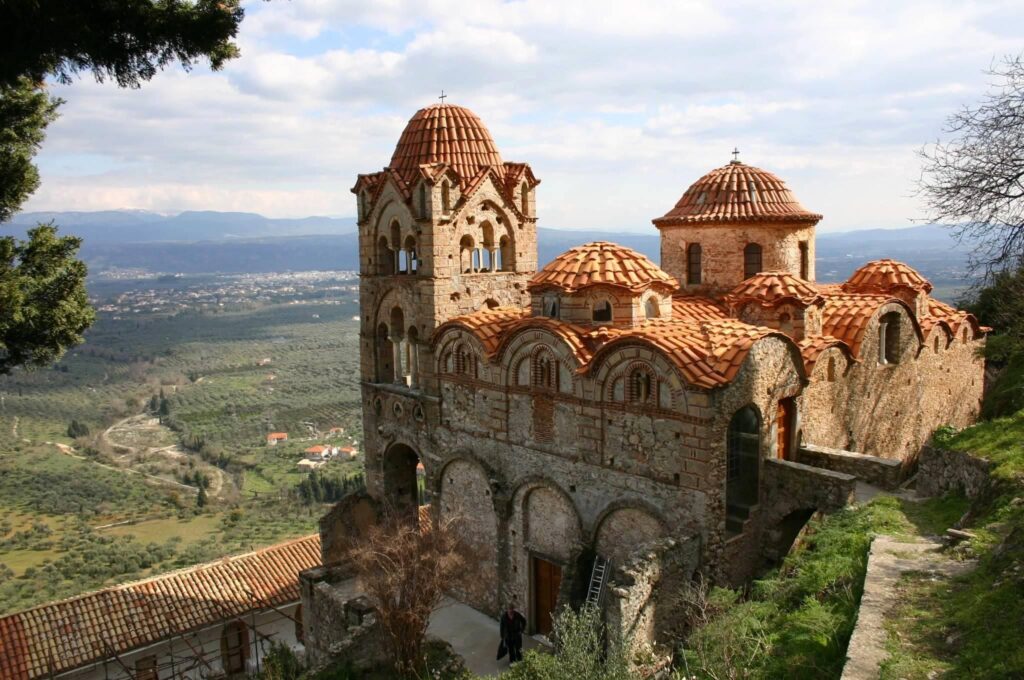
History of the area
The Castle Town of Mystras was very strong during the Byzantine times and in the last decades of the Byzantine period, it said that it was the second most important town after Constantinople. Mystras, the ‘Wonder of the Morea’, was built as an amphitheatre around the fortress erected in 1249, by the Prince of Achaia, William of Villehardouin. Reconquered by the Byzantines, then occupied by the Turks and the Venetians, the city was abandoned in 1832, leaving only the stunning medieval ruins, surrounded by breathtaking landscape. It’s also been named as one of the most important historical sites in the Peloponnese.
What you will find here
Explore the well-preserved Byzantine churches, the remains of the Palace, and strong walls. On top of the castle hill is the Palace of the Despots, as well as the many sacred Byzantine chapels with fascinating architecture and valuable frescoes. Below the Medieval Castle is a new village that has been constructed, here is where you will find many traditional hotels. This destination is also great for those who enjoy trekking, as the paths lead to many breathtaking spots.
Byzantine Churches
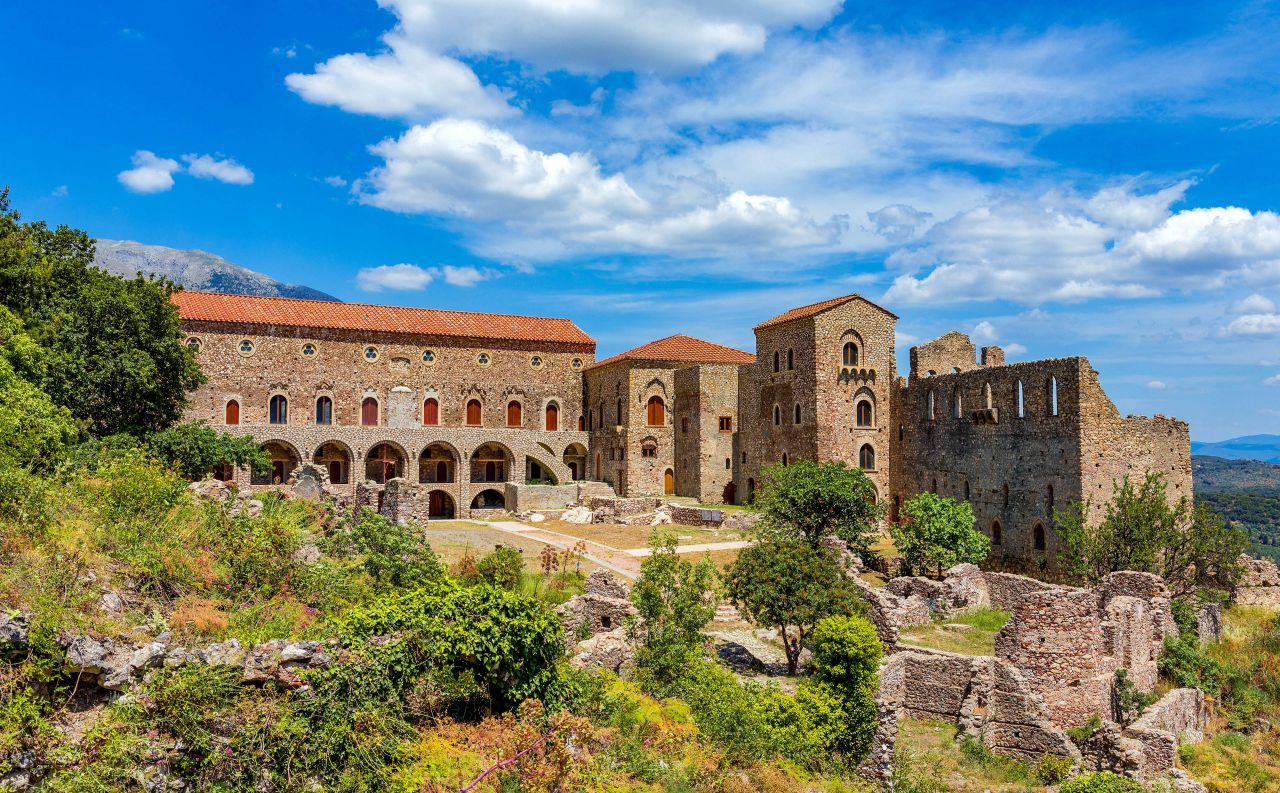
The most famous churches are Agios Dimitrios, where Konstantinos Paleologos, the last Byzantine Emperor was crowned, and Agioi Theodoroi, which boasts beautiful frescoes. In the courtyard of Agios Dimitrios, you can visit the Archaeological Museum which is home to many Byzantine and ecclesiastical exhibits. In 1989, it was declared a UNESCO World Heritage Monument.
The entire Castle of Mystras is filled with amazing churches of Byzantine style but only a few of them now remain open to visitors. Our recommendations are the impressive Monasteries of Our Lady Pantanassa, and of Οur Lady Perivleptos.
Also noteworthy is the Holy Monastery of Vrontochion and its inner church of Odigitria, which features unique architecture. And although it is quite gothic-like, it’s combined with many elements of Byzantine designs. You can also view the rich frescoes that depict the miracle of Christ, produced by the talented painters of their time in Constantinople.
Where to eat and drink
Stroll through the square of the charming villages nearby and you will come across a variety of cafes and tavernas where locals and visitors gather and catch up for a coffee, late lunch, or dinner. Some of our picks for the best traditional eateries are Chromata and Pikoulianika, where you will taste local dishes and products that are the focus of their flavourful dishes. We also recommend Ktima Skreka, Palaiologos, and O Ellinas, who use vegetables from their own farm and also produce their own variety of olive oil.
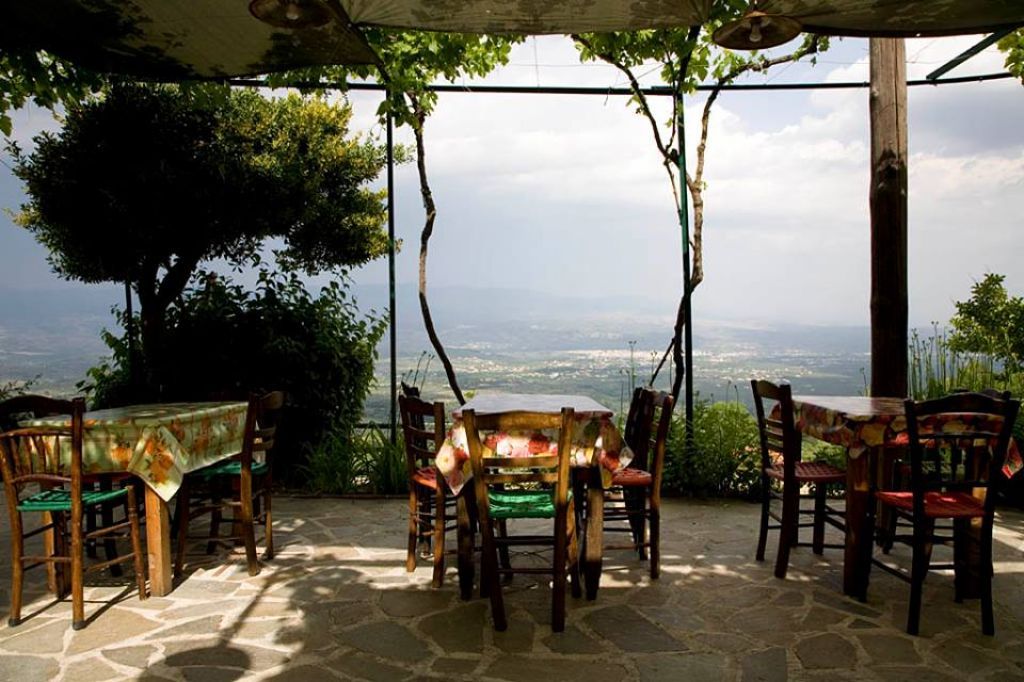
For a more modern setting try Palataki and Elia, which are located at Mystras Grand Palace Resort, or make a reservation at the Gaia Restaurant, which is found at Euphoria Retreat; here you can also grab a casual bite at the Chef’s Grill, which serves high-quality meats cooked to perfection.
What to eat
The traditional dish of the region is bouzopoula, which is roasted pork. Lakonia is also known for its pasto (cured smoked pork) and orange flavoured sausages. For some traditional sweets try the Halvas Farsallon, pasteli and you can’t leave before trying some locally grown oranges and olives, as the area is filled with both!
Where to stay
Mystras Grand Palace Resort & Spa seeks to blend harmoniously with the Laconian landscape through its stone-built lodgings interspersed with olive trees. This resort has a focus on wellbeing.
Kyniska Palace is a serene hideaway at the foothills of mountain Taygetos where nature, discreet luxury, and local myths are in perfect harmony.
Euphoria Retreat is one of Greece’s most loved hotels in the region as it’s the perfect place to relax, unwind and allow your mind and body some time to rejuvenate.
Insider Tip: A visit here involves moderate amounts of hiking. We should also mention that the site has two entrances, one at the base of the site and another at the top (near the fortress). If you arrive by taxi from Sparta, you should ask the driver to take you to the upper entrance and from there you can walk down, rather than entering below and climbing up. Public buses travel to the site from Sparta on a daily basis.
To get there
It is roughly a three-hour drive from Athens and there is about 50€ worth of tolls in a one-way trip. You can also drive from Kalamata in just over an hour and just under an hour from Tripoli.
Cover image @discovergreece

